Terese Zachrisson, University of Gothenburg

Figure 1. A wayside shrine points out ’the narrow path’ towards Heaven to a fool stuck in a swamp in Sebastian Brant’s 1494 Ship of Fools. Image by Project Gutenberg (CC0 1.0 Universal).
A phenomenon that usually catches the eye of modern Scandinavians travelling through the Alps or the Southern European countryside, is the multitude of small wayside shrines scattered throughout the landscape. To secularised Scandinavians, this is often a rather exotic view. Few are aware that this aspect of sacred topography was once as common a sight in the North.
Christian wayside shrines come in a variety of shapes and sizes. A type of shrine evident from late medieval illustrations — that is still common today — is that of a crucifix or a saints’ image with a gabled ‘roof’ or enclosed in a small open ‘house’ (see figures 1 and 2). Shrines can also consist of a larger free-standing cross or crucifix, made of either stone or wood (see figure 3), or a large saints’ sculpture, for instance placed in a grotto or small oratory. Another variant is a painted image on a board or tablet, that according to some 17th-century descriptions seems to have been relatively common in Sweden.
Wayside shrines were the focal points of ‘devotion on the go’. People working the fields, herding livestock in the woods, travelling along roads or visiting markets would kneel, make the sign of the cross and offer a prayer at such sites. Visiting shrines and crosses could also be a substitute for church attendance, when circumstances made it difficult to travel far. Shrines could also fill other functions. They could function as boundary markers and they could indicate sites where something remarkable had taken place, like a battle, or where someone had met a tragic and untimely end. People dying in riding accidents are especially common in the folklore surrounding many memorial crosses, and this tradition has much in common with offerkast* and the modern-day tradition of marking the sites of fatal car accidents with candles and flowers (Petersson 2009, 87). Even when a shrine mainly had a memorial function, it still called out for interaction with passers-by. Some of the surviving inscriptions on stone crosses request prayers for the victim’s soul, like the 13th-century runic inscription on a cross in Guldrupe parish on Gotland that says: Pray for Jakob in Annuganänge’s [?] soul, whom Nikulas slaughtered.
Wayside shrines could also mark processional routes, as evidenced from medieval Central Europe, where religious processions ended in the open-air celebration of mass (Timmermann 2012, 393). According to Bishop Jöran Wallin the Younger (1668–1760), the stone cross in Kräklingbo had once had an altar at its base, for this very reason (Säve 1873, 18–19). Other shrines functioned as stations along pilgrimage routes, showing the way to pilgrims both physically and spiritually.

Figure 2. Pilgrims at a wayside shrine. Colourised woodcut from a prayer book by Johann Geiler von Kaisersberg (Augsburg 1510). Image by the British Museum (CC BY-NC- SA 4.0).
As with so many other aspects of medieval Christianity in the Swedish realm, the contemporary sources rarely contain references to wayside shrines and we often have to rely on early modern narratives in order to identify sites that had these types of shrines. While shrines were likely an important part of the lived religion of the laity, as long as they weren’t part of saints’ legends or renowned enough to be objects of substantial donations, there was probably little motivation to mention them in writing. Many small shrines were likely also initiated and maintained by the laity, and as such not part of the formal ecclesiastical framework of buildings and other official structures.
But there is little reason to doubt that wayside shrines were indeed a part of the religious repertoire of the Nordic region in the Middle Ages. From Norway and Iceland there are some early examples of wayside crosses in the sagas. St Olaf himself is said to have erected a cross in Sunnmøre in 1029 and Bishop Gudðmundr the Good (1161–1237) is said to have had several crosses consecrated along the Icelandic coast (Gardell 1930, 2–3).
In the last will and testament of Queen Margaret, the architect of the Kalmar Union, five different crosses in her vast realm were mentioned (DD 1405. Sorø 12. April.). For the sake of the queen’s soul, pilgrims were to be dispatched to the holy crosses in Solna in Sweden, in Borre in Norway, in Hattula in Finland and Randers and Kliplev in Denmark. Margaret’s will doesn’t clarify whether these crosses were free-standing shrines or part of the churches’ furnishings. In the case of Hattula, the cross in question has been identified with the 14th-Century crucifix still in place in the parish church (Hagen 2021, 113–114), but no crucifix has been preserved from Solna, and it is possible that it was indeed a free-standing object.
The terminology used in the sources presents a challenge to its categorisation and analysis. For example, the Swedish word for cross — kors — had a much wider application in the Middle Ages and the Early Modern Period than it has today. It could refer to both the ‘naked’ cross and the crucifix, and it was used for both smaller objects and large, free standing ones. Sometimes it seems to have been used to refer to a shrine or holy object in general — that in itself could have had any iconographic content.
In the Mapping Saints database we have currently collected around thirty such sites. Crosses and sculptures placed by holy wells aren’t included among these, since we view them as part of the wells rather than their own separate sites. Neither are the crosses mentioned in the will of Queen Margaret categorised as wayside shrines. Due to the uncertainty mentioned above, we haven chosen to categorise them as connected to the parish churches of Solna and Hattula.
Several wayside crosses were associated with the saints. At St Olaf’s Harbour in Medelpad, the staring point of the northern pilgrims’ way to Nidaros, a large copper-clad cross was in place up to the middle of the 17th century. In Ålem in Småland, St Birgitta’s Cross marked the site where the ship carrying St Birgitta’s relics back to Sweden from Rome is said to have docked in 1374. In Nousiainen, Finland, a cross in remembrance of St Henrik was still standing in a field by 1674.

Figure 3. 13th-Century stone cross on Kapelludden, Öland, later associated with St. Birgitta. Photograph by the author (CC0 1.0 Universal).
The saints could also be present at wayside shrines through their images. For example, a highly unusual object has been preserved in Liden Church in Medelpad: a simple wooden cross with a painting of St Martin on one side, and St Margaret on the other, dated to the first quarter of the 16th century (Figure 4). According to local tradition, as mediated by the parish’s pastor in 1776, the cross had been placed at a site in the woods “during the papacy” (HLA Härnösands domkapitel EIII:69). This shrine was visited by those who were unable to travel to the church, and who left offerings at the site. The cross itself is covered in grafitti, initials, and house-marks, which lends additional credence to the story.
One aspect that likely contributed to the popularity of wayside shrines was their accessibility. As indicated above, such sites were accessible to people who due to age, ill health or remote living conditions had a difficult time attending church on a regular basis. Not only could these sites be found close at hand, they were also always open. Even when crosses and saints’ images were enclosed in some kind of small structure, there were no ‘opening hours’ to take into account. A clear example of the importance of availability is seen in the instructions by Bishop Eystein of Oslo (c. 1337–1407) regarding a wayside cross raised in honour of St Olaf in Eidskog:
Thus, we let it be so, that this cross is maintained and that there be made a small prayer-house in honour of St Olaf, with an altar and a door without a lock, so that it is always open and ready for the pilgrims to have mass there, as we have promised, when they cannot enter the church (DN I:545, Vinger, February 18, 1394).
He further specifies that half the income from offerings left at the site is to belong to the church, and the other half to the shrine itself, which is probably one of the reasons that his stipulations for the small shrine were put into writing.
The 17th-century antiquarian reports, written by local clergy and magistrates and sent to the Swedish College of Antiquities, speak of several wayside shrines which still existed in living memory, and some that were still in use. One example is from Funäsdalen, located in the mountainous border region between present-day Sweden and Norway, where remnants of an “offering cross” [sv. offerkors] were still visible, as well as the evidence of an offering practice in the form of scattered coins on the ground (Ranns. I, 245). Another cross is mentioned from Södra Åsarp in Västergötland. It stood in a field, and according to two different reports from 1668, people would visit the cross to pray with their rosaries (Ranns. I, 195 & 202). Crosses from the Finnish part of the realm are also mentioned in the early modern sources. When Dutch diplomat Andries van Wouw visited Finland in 1616 he commented on the tall crosses with an altar-like foundation he encountered in Savonia (Wikman 1947, 114) and the same tradition was reported from Karelia (Arffman 2016, 259).

Figure 4. A cross with saints’ images and grafitti from Indals-Liden, 1500–1525. Photograph by the Swedish National Heritage Board (CC0 1.0 Universal).
A particularly interesting case is found in a rather unlikely source — a scientific treatise from 1698 on the midnight sun by Mathematician Johan Bilberg. When travelling through Västerbotten in 1694, he visited Bygdeå Parish Church, where he was shown a saint’s sculpture that had functioned as a woodland shrine where parishioners living far from the church had met together for worship. After “the most happy Times of Religion being purged from the Heresies of Papists”, the image had been brought back to the church and laid aside “in detestation of the Memory of that Matter” (Bilberg 1698, 86). A very similar case is found in Lövånger, about 45 kilometres to the north of Bygdeå, where parishioners born in the late 19th century still remembered a sculpture (CM #73) by the name of ’God in Vebomark‘ (figure 6), that had previously been placed in the Vebomark forest (SND LUKA 1, 1 *113302).
Tablets with painted images of Christ, the saints, or the Cross are also hinted at in several early modern sources that describe shrines as “votive boards” or “offering tablets” [sv. offertavla]. According to Fale A. Burman, who travelled through Jämtland in the late 18th century, many place-names containing the word tavel, such as Tavellokan and Tavelbacken, reflect the memory of such shrines (Burman 1898, 104). Another indication of the past importance of wayside shrines, and how they were preserved in memory, are the sayings that were common in Sweden in the Early Modern period. When describing someone lacking in piety, it was said that that he or she “went to neither cross nor church” [sv. gick varken till kors eller kyrka], and someone admitting their wrongdoings were often said to “crawl to the cross” [sv. krypa till korset]. While the former expression is extinct, the latter is still widely used in Swedish.
* An offerkast [“offering throw”] is a heap of pebbles, twigs and branches marking the site of an untimely death. Passers-by would throw a pebble or twig onto the heap while passing.
References
Arffman, Kaarlo, ”Resistance to the Reformation in 16th-Century Finland”, in Sari Katajala-Peltomaa & Raisa Maria Toivo (eds.), Lived Religion and the Long Reformation in Northern Europe c. 1300-1700, Boston 2016.
Burman, Fale A., Fale A. Burmans koncept-dagböcker förda under resor i Jämtland åren 1793–1802. I utdrag utgifna af Johan Nordlander, Stockholm 1894.
Diplomatarium Danicum (DD), Sorø 12. April, 1405.
Diplomatarium Norvegicum (DN) I:545, Vinger 18 February, 1394.
Gardell, Sölve, ”Om kors och korshus i medeltidens Bohuslän”, i Göteborgs och Bohusläns fornminnesförenings tidskrift, Göteborg 1930.
Hagen, Kaja M. H., “O holy cross, you are all our help and comfort”: Wonderworking Crosses and Crucifixes in Late Medieval and Early Modern Norway, Oslo 2021.
Lund University, Lund University Church History Archive (2014). Questions concerning religious conceptions and church customs, *113302. Swedish National Data Service. Version 1.0. https://doi.org/10.5878/001677.
National Archives of Sweden in Härnösand (HLA), Domkapitlets i Härnösand arkiv, EIII:69.
Petersson, Anna, ”Swedish Offerkast and Recent Roadside Memorials”, in Folklore, vol. 120:1, 2009.
Rannsakningar efter antikviteter, Vol. 1. Stockholm 1969.
Säve, Per-Arvid, ”Kors på Gotland”, in Svenska fornminnesföreningens tidskrift, Vol. 2:1, Stockholm 1873.
Timmermann, Achim, ”Highways to Heaven (and Hell): Wayside Crosses and the Making of Late Medieval Landscape”, in Celeste Brusati, Karl A. E. Enenkel & Walter Melion (eds), The Authority of the Word: Reflecting on Image and Text in Northern Europe, 1400–1700, Leiden 2012.
Wikman, K. Rob. V., ”Gårdskors och bönkors”, in Fataburen: Nordiska museet och Skansens årsbok, Stockholm 1947.







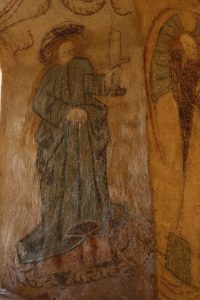

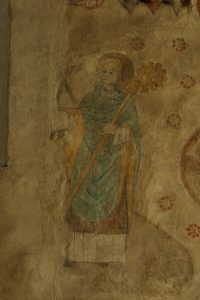

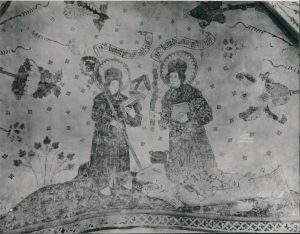
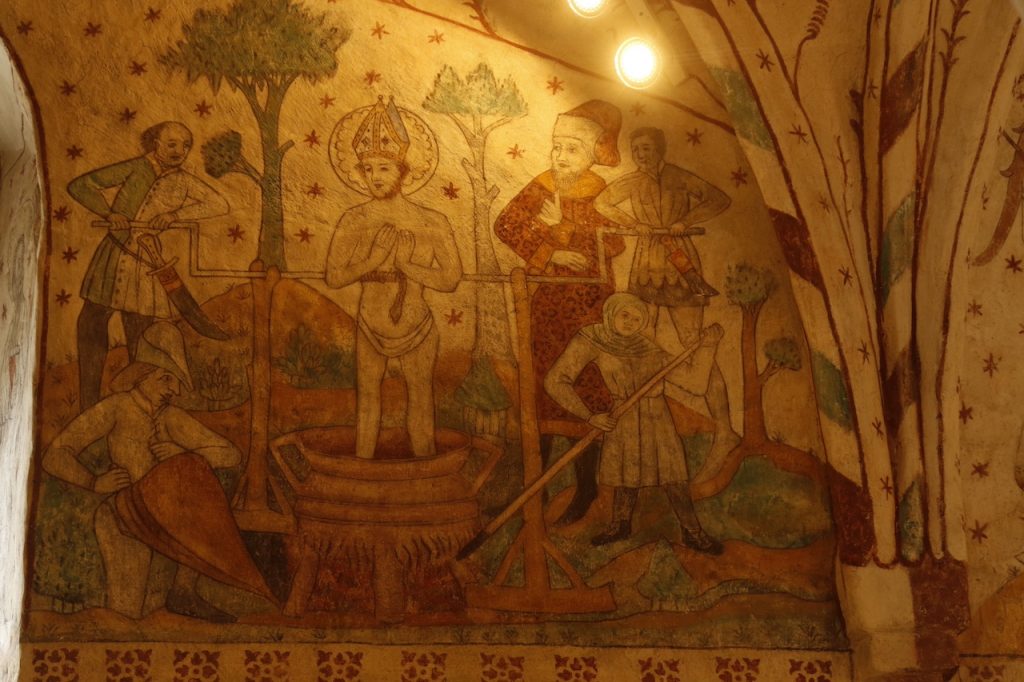

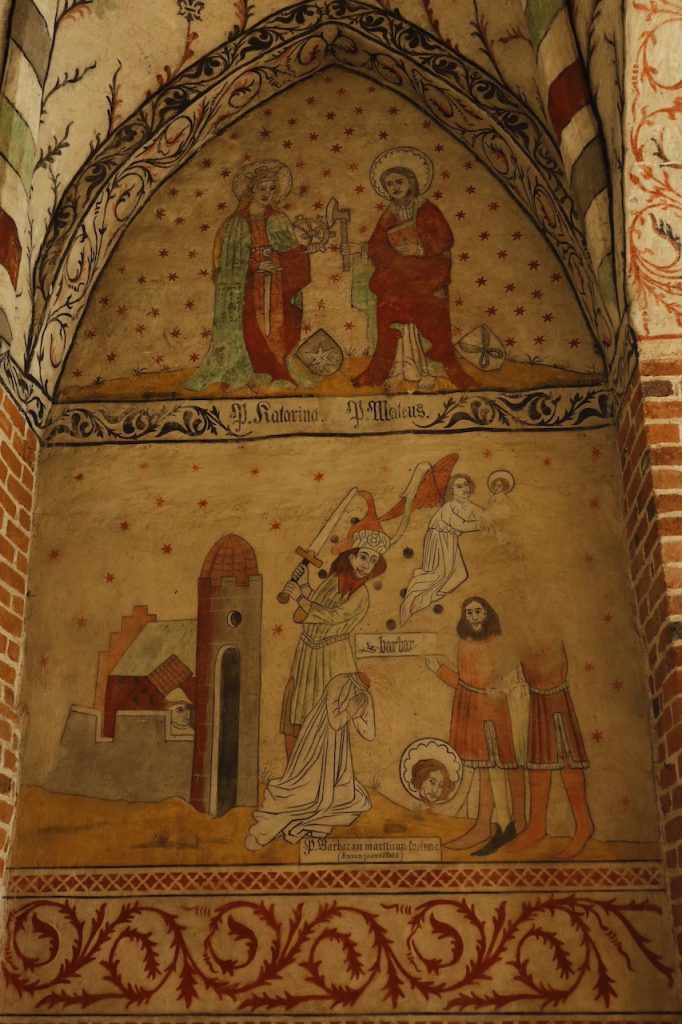




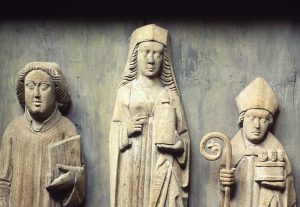
Recent Comments